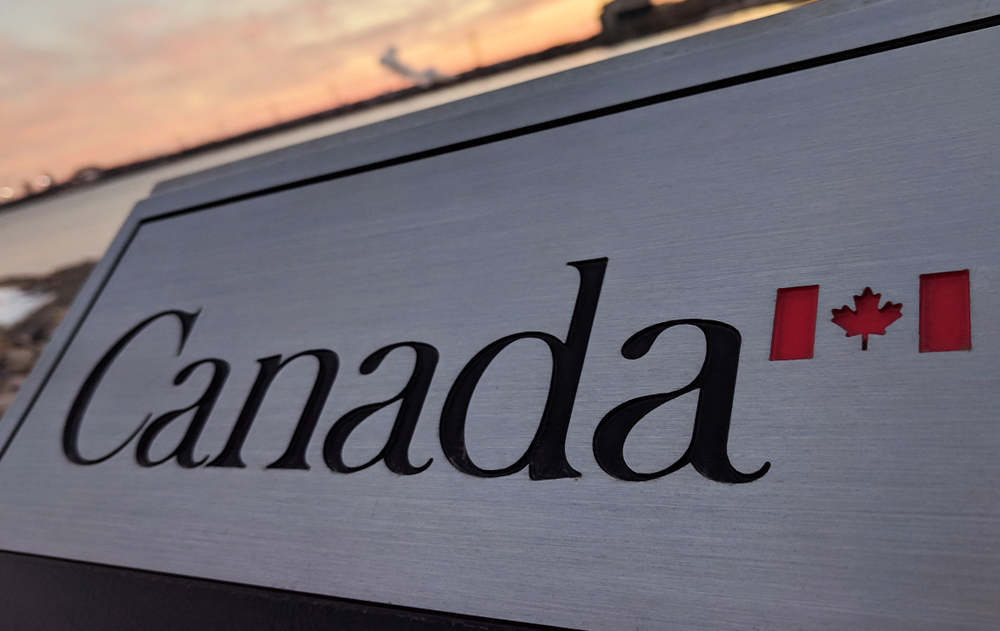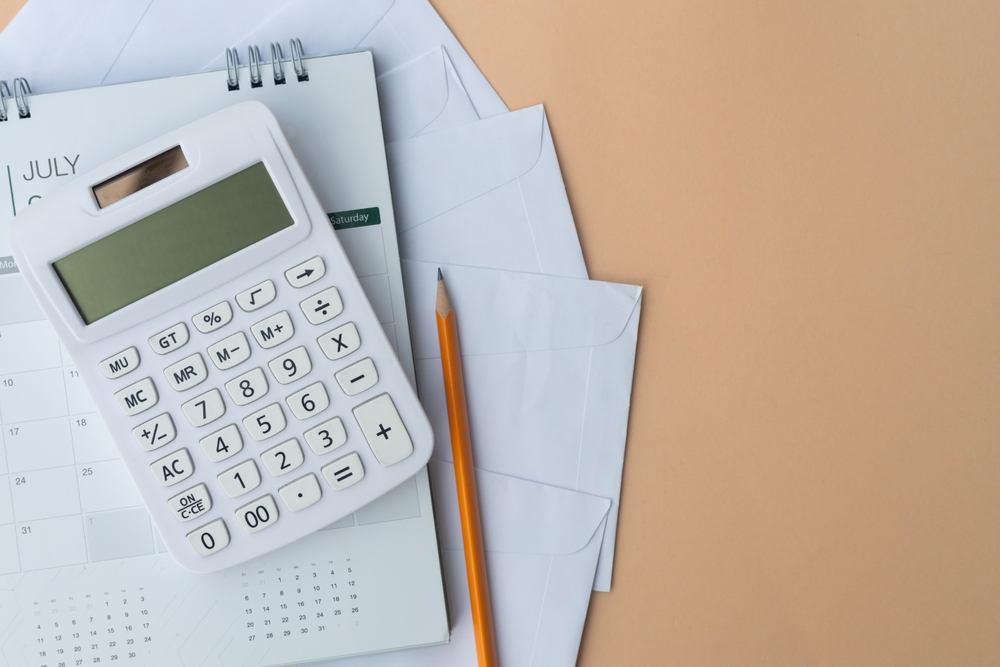If you’re struggling with mortgage payments and dealing with mounting debt, you may have come across terms like “foreclosure” and “bankruptcy.” These are big steps, and each can affect your home and finances in different ways.
Let’s cut through the jargon and take a straightforward look at how mortgage foreclosure and bankruptcy work in Canada, along with some options to help you stay in control of your finances.
Key Points
- What is mortgage foreclosure?
- What is bankruptcy, and how is it different?
- Can bankruptcy stop foreclosure?
- Alternatives to foreclosure and bankruptcy
- Practical steps you can take
- Take the first step
1. What is mortgage foreclosure?
Foreclosure is the process that allows a lender (like a bank) to take back your home if you fall behind on too many mortgage payments. Your mortgage is a type of “secured debt,” meaning your home acts as collateral for the loan. If you stop making payments, the lender can eventually take ownership of the home and sell it to recover the money they’re owed.
How foreclosure works:
- Missed payments: If you miss payments, the lender may contact you and give you time to get back on track.
- Legal action: If payments remain unpaid, the lender can start a legal process to take your home.
- Grace period: A judge may give you time (usually up to six months) to catch up on payments before finalising the foreclosure.
- Sale of home: If you still can’t pay, the lender can take over and sell the home to recover the unpaid amount.
Foreclosure is often a lender’s last resort, as it’s a long and costly process. That’s why lenders are usually open to working with homeowners to avoid it whenever possible.
2. What is bankruptcy, and how is it different?
Bankruptcy is a legal way to clear certain types of debt when you simply can’t keep up with payments. In Canada, bankruptcy can help you wipe out unsecured debt—debt that isn’t backed by a specific asset, like credit cards or personal loans. Mortgage debt, however, is a secured debt tied to your home, so bankruptcy can’t discharge it.
How bankruptcy works in Canada:
- Filing for bankruptcy: You’ll work with a Licensed Insolvency Trustee (LIT) to manage your debts and help you work with creditors.
- Unsecured debt relief: Bankruptcy can wipe out debts like credit cards and loans, making it easier to pay essential bills.
- Home equity rules: If you have a lot of equity in your home (more than £10,000 in Ontario), you may have to pay that amount to creditors as part of the bankruptcy.
3. Can bankruptcy stop foreclosure?
This is a common question, and it’s understandable to wonder if bankruptcy might protect your home from foreclosure. Unfortunately, filing for bankruptcy doesn’t get rid of secured debts like your mortgage.
However, bankruptcy can be a helpful way to ease the pressure if you’re struggling to keep up with your mortgage. By clearing away debts like credit cards or lines of credit, it can free up extra cash to put toward your home. With fewer bills to juggle, you might find it easier to catch up on missed payments and get back on track.
That said, if you’re still behind on your mortgage or have a lot of equity in your home that isn’t protected, bankruptcy alone might not be enough to stop foreclosure. In those cases, we’re here to help. Our team of Licensed Insolvency Trustees (LITs) can walk you through other options that might work better for your situation. You don’t have to figure it out alone—we’ve got your back!
4. Alternatives to foreclosure and bankruptcy
If you’re falling behind on your mortgage but want to avoid foreclosure and bankruptcy, there are other ways to manage your debt. These options can provide breathing room and help you stay on top of your mortgage payments:
- Consumer proposal: A consumer proposal is an agreement with creditors to reduce payments over time without losing your assets. It’s often a good alternative to bankruptcy, as it protects your home and offers more manageable debt payments.
- Mortgage refinancing: Some lenders may let you refinance or adjust the mortgage term to lower monthly payments. This can ease the immediate financial pressure.
- Payment deferral: Many lenders offer payment deferrals, giving you a temporary break on payments if you’re facing a short-term financial crisis. However, this is only a temporary solution.
- Extending the mortgage term: By extending the length of your mortgage, your monthly payment can become smaller and easier to handle. This could be a good option if you’re struggling to keep up with bills.
Our team of LITs is here to help you decide on your best path back to financial freedom—give us a call today and let’s talk!
5. Practical steps you can take
If financial strain has you worried about your mortgage, taking proactive steps can significantly improve your situation. Start by reaching out to your lender. Many lenders are open to working with you to find a solution, such as adjusting your payment schedule or exploring alternative options.
Next, take a close look at your budget. Even small adjustments in your monthly spending can free up cash for your mortgage. This might mean cutting back on non-essential expenses or tweaking payment schedules to better suit your income.
Finally, don’t hesitate to seek professional guidance. Our knowledgeable and compassionate team of Licensed Insolvency Trustees (LITs) is here to help you explore the best path forward for your unique circumstances. Remember, help is only a phone call away!
Take the first step
If you’re struggling with debt and worried about your mortgage, please know that you’re not alone, and there are solutions. Foreclosure and bankruptcy are two ways to tackle serious financial challenges, but each works differently. Foreclosure directly affects your mortgage if payments aren’t kept up, while bankruptcy can clear other debts, potentially freeing up money to cover essentials like your mortgage. The bottom line is, bankruptcy alone won’t erase mortgage debt or stop foreclosure.
Sorting through these options can be intimidating, but our team of LITs is here to help. When you call, we’ll explain all your options in simple terms and help you find the best choice to regain control of your finances.
Take the first step toward a brighter financial future—give us a call today.









